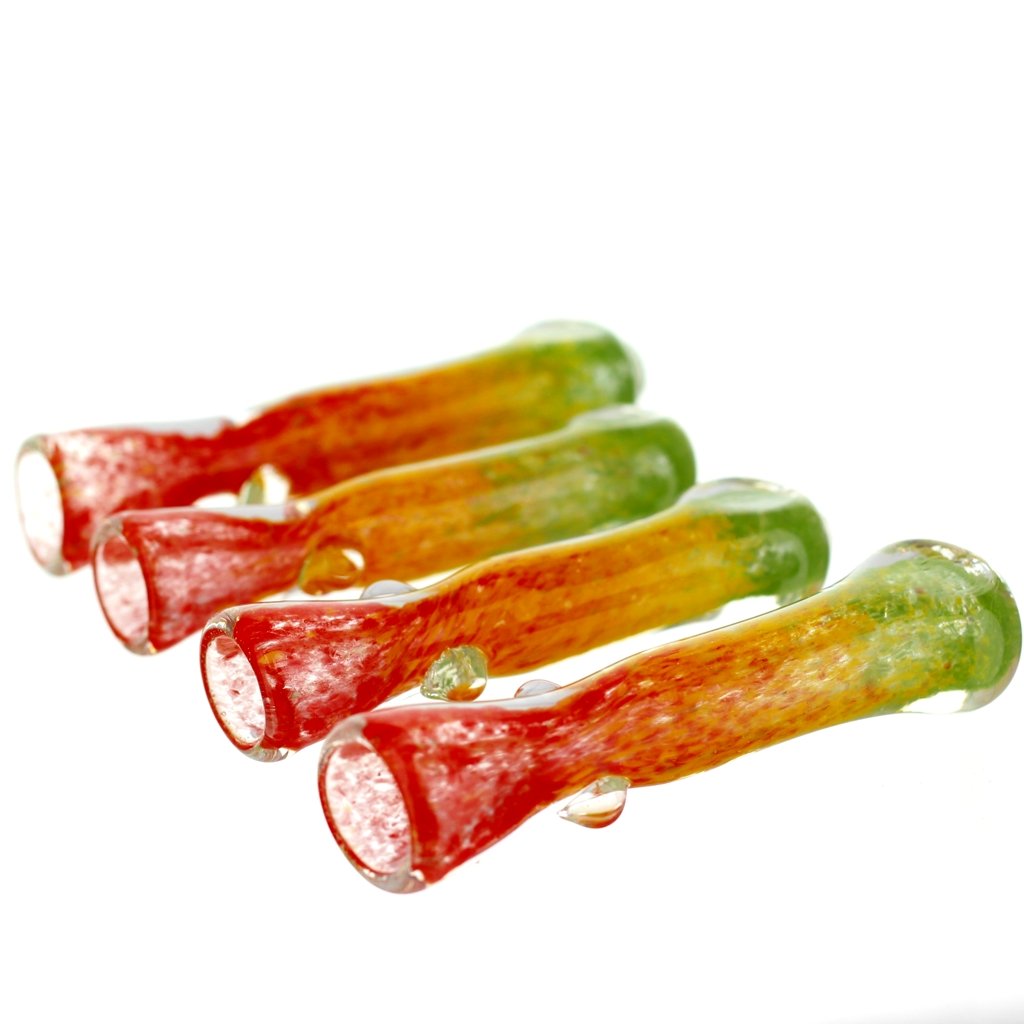A bong is a device that filters smoke through water, usually used for smoking herbs or tobacco. Bongs come in different shapes, sizes, and materials, but they all have a common feature: a bowl where the substance is placed, a stem that connects the bowl to the water chamber, and a mouthpiece where the smoke is inhaled. Bongs are popular among smokers who enjoy the smooth and cool sensation of water-filtered smoke.
But where did bongs come from? Who invented them and when? How did they evolve over time and across cultures? These are some of the questions that we will try to answer in this blog post.
The Origins of Bongs
The exact origins of bongs are shrouded in mystery and controversy. Some historians claim that bongs were invented in Africa, while others argue that they originated in Asia. There is evidence to support both claims, as well as some surprising discoveries that suggest bongs may have been around for much longer than we think.
Bongs in Africa
One of the earliest evidence of bong-like devices comes from Africa, where archaeologists have found 11 pottery vessels with traces of herbs and animal horns that were used as mouthpieces. These vessels date back to between 1100 and 1400 BC, and were found in caves in Ethiopia. These crude smoking devices were made using lit coals placed in a bottle that was buried in the ground, and the herb was placed on top of the hot coals. The smoke would then travel through the horn into the mouth of the smoker.
Bongs in Asia
Another possible origin of bongs is Asia, where bamboo pipes have been used for centuries to smoke tobacco and other substances. The word “bong” itself is derived from the Thai word “baung”, which refers to a cylindrical bamboo tube or container. Bamboo bongs were common among the Hmong people in Laos and Thailand, as well as other parts of Southeast Asia.
Besides bamboo, other materials were also used to make bongs in Asia, such as metal, wood, or clay. One of the most famous examples of metal bongs is the gold vessels that were used by the Scythian tribal chiefs in ancient Russia to smoke cannabis and opium. These vessels date back to 2400 years ago, and were discovered in a kurgan (burial mound) in 2013. These gold bongs are considered to be some of the oldest and most luxurious bongs ever found.
In China, bongs became popular during the late Ming Dynasty (16th century), along with tobacco, which was introduced through Persia and the Silk Road. Bongs were preferred over other methods of smoking tobacco, such as snuff bottles or pipes. Bongs were also used by the nobility and royalty, such as Empress Dowager Cixi, who was buried with at least three water pipes in the early 1900s. Chinese bongs were usually made of metal or porcelain, and often decorated with jewels or paintings.
Bongs in India
A third possible origin of bongs is India, where water pipes were invented by a physician named Hakim Abul Fath during the reign of Emperor Akbar (16th century). Hakim Abul Fath discovered tobacco and suggested that it should be smoked through a small receptacle of water to make it less harmful. This invention was called a “hookah”, which is similar to a bong but has a hose attached to the mouthpiece instead of a stem. Hookahs are still widely used today in India and other parts of the Middle East.
The Evolution of Bongs
Bongs have evolved over time and across cultures, adapting to different preferences, materials, and technologies. Some of the most significant changes occurred after the European settlement in North America, when tobacco became a major industry and glass became more accessible.
Glass Bongs
Glass bongs are considered to be the modern version of bongs, as they offer many advantages over other materials. Glass is transparent, which allows smokers to see the water level and the smoke inside the chamber. Glass is also easy to clean, durable, and resistant to heat and corrosion. Glass bongs can also be shaped into various forms and designs, making them more appealing and customizable.
The first glass bongs were invented by Bob Snodgrass, an American glassblower who pioneered the art of glass pipe making in the 1960s and 1970s. Snodgrass traveled across the country with the Grateful Dead, a famous rock band, and sold his glass pipes to hippies and music fans. Snodgrass also developed a technique called “fuming”, which involves adding silver or gold to the glass to create color-changing effects. Snodgrass is widely regarded as the father of the glass bong industry, and his creations are highly sought after by collectors and enthusiasts.
Other Types of Bongs
Besides glass, other types of bongs have also emerged over the years, using different materials and features. Some of the most common types of bongs are:
- Plastic bongs: These are cheap, lightweight, and easy to find, but they can also release harmful chemicals when heated and affect the taste and quality of the smoke.
- Ceramic bongs: These are more durable and aesthetic than plastic bongs, but they are also heavier and more fragile. Ceramic bongs can have various shapes and colors, and some of them are hand-painted or glazed.
- Metal bongs: These are strong, sturdy, and long-lasting, but they can also rust, dent, or scratch over time. Metal bongs can also conduct heat and make the smoke harsher.
- Wooden bongs: These are natural, organic, and eco-friendly, but they can also absorb moisture and odors and require more maintenance. Wooden bongs can have a unique flavor and aroma, depending on the type of wood used.
- Silicone bongs: These are flexible, unbreakable, and easy to clean, but they can also attract dust and lint and be difficult to seal. Silicone bongs can also withstand high temperatures and be folded or twisted into different shapes.
- Percolator bongs: These are bongs that have one or more chambers with small holes or slits that filter the smoke through water multiple times, creating bubbles and cooling the smoke further. Percolator bongs can enhance the smoothness and flavor of the smoke, as well as reduce the tar and toxins.
- Ice bongs: These are bongs that have a special compartment or notches in the neck that hold ice cubes or cold water, which chill the smoke as it passes through. Ice bongs can make the smoke even cooler and smoother, but they can also melt quickly and dilute the water.
The Future of Bongs
Bongs have come a long way since their ancient origins in Africa or Asia. They have become more than just smoking devices, but also cultural symbols, artistic expressions, and scientific innovations. Bongs have also diversified into different types, materials, and features, catering to different tastes, needs, and preferences.
As technology advances and society changes, bongs will likely continue to evolve and adapt as well. Some of the possible trends for the future of bongs are:
- Smart bongs: These are bongs that have digital features or sensors that monitor or control various aspects of the smoking experience, such as temperature, water level, airflow, or dosage. Smart bongs can also connect to smartphones or other devices via Bluetooth or Wi-Fi, allowing users to access data or customize settings.
- Eco-friendly bongs: These are bongs that are made from renewable or biodegradable materials, such as hemp, bamboo, or cornstarch. Eco-friendly bongs can reduce the environmental impact of smoking and promote sustainability.
- Personalized bongs: These are bongs that are customized or tailored to fit the individual preferences or needs of each user. Personalized bongs can involve choosing the size, shape, color, design, or material of the bong, as well as adding accessories or features that enhance the functionality or aesthetics of the bong.
Conclusion
Bongs are fascinating devices that have a rich and complex history that spans across continents and centuries. Bongs have also evolved over time and across cultures, reflecting different preferences, materials, and technologies. Bongs have become more than just smoking devices, but also cultural symbols, artistic expressions, and scientific innovations.
If you want to learn more about bongs or buy one for yourself or a friend, you can visit our website www.example.com, where we offer a wide range of high-quality bongs at affordable prices. We also provide free shipping on all orders over $50 and a 30-day money-back guarantee. Order your




